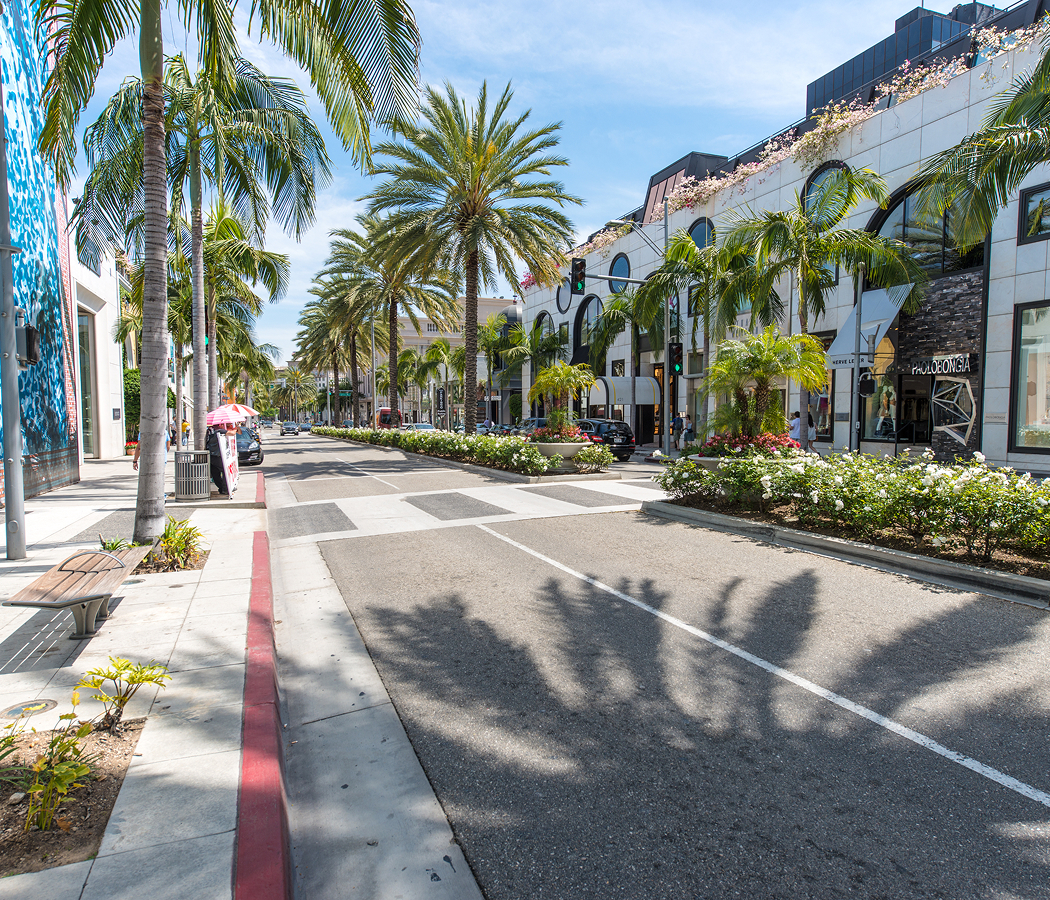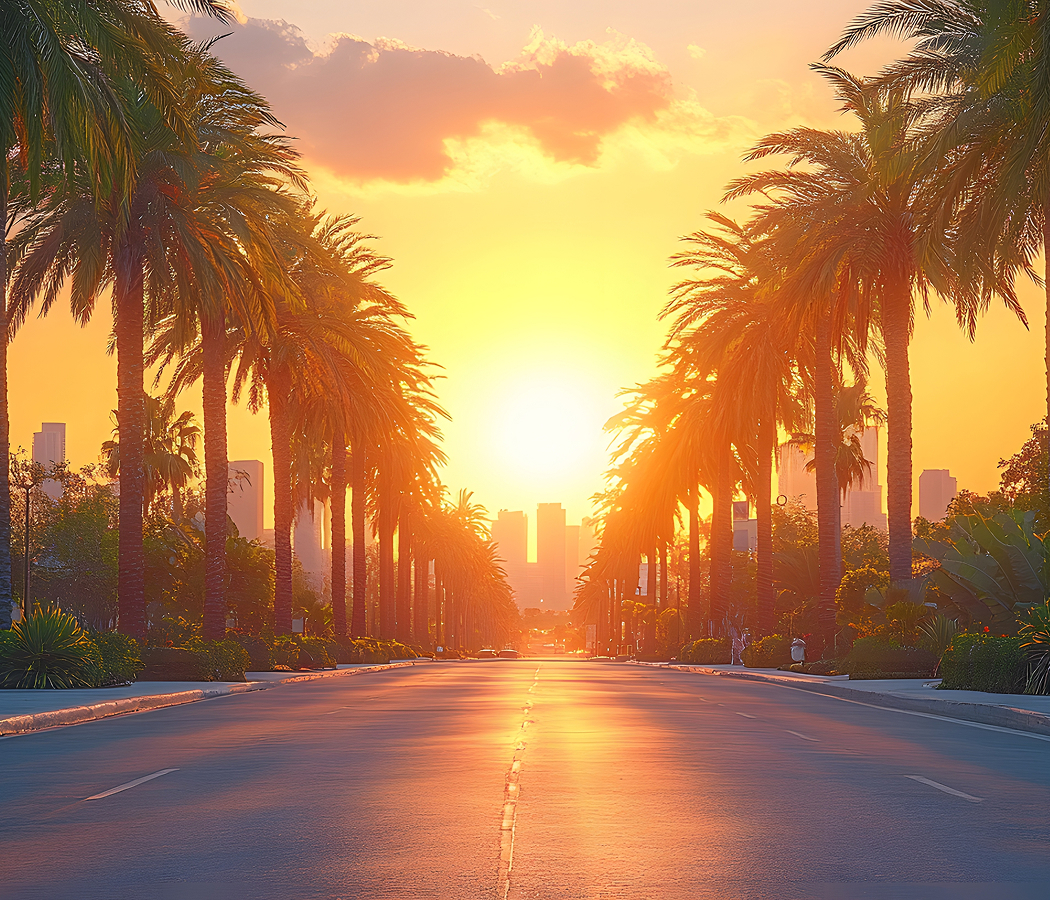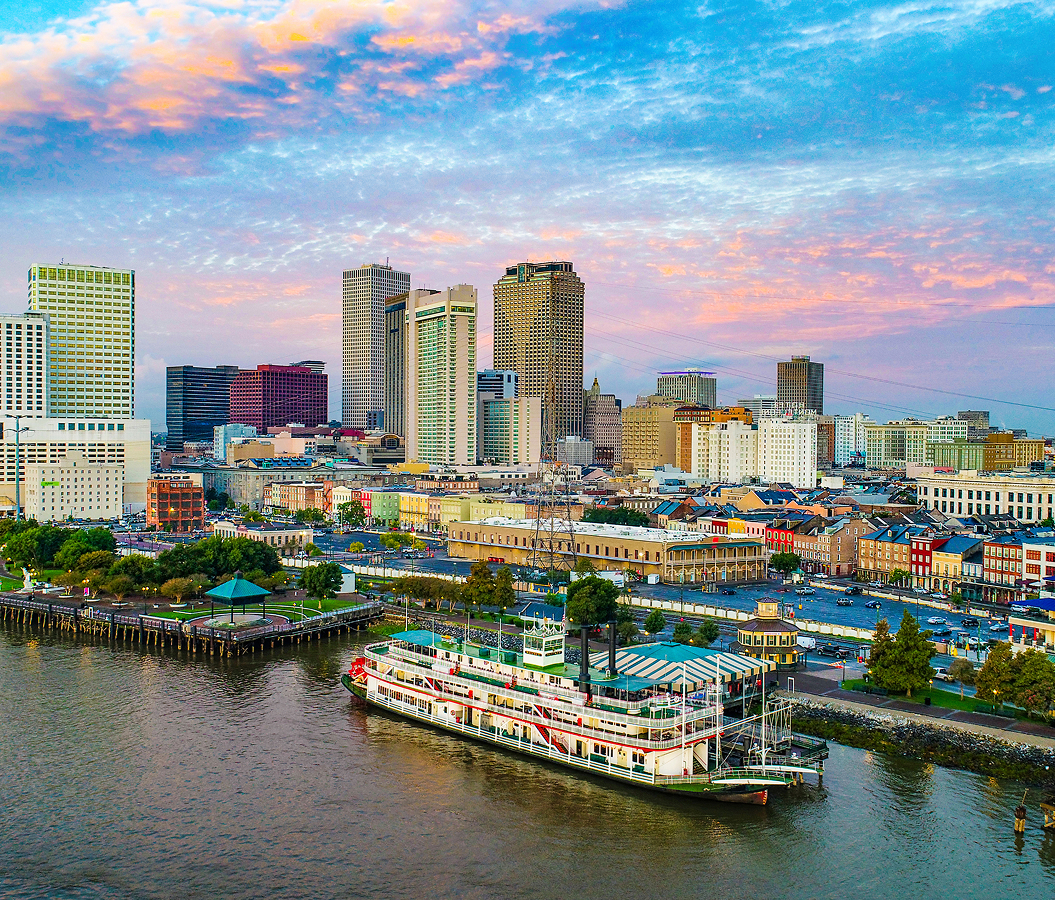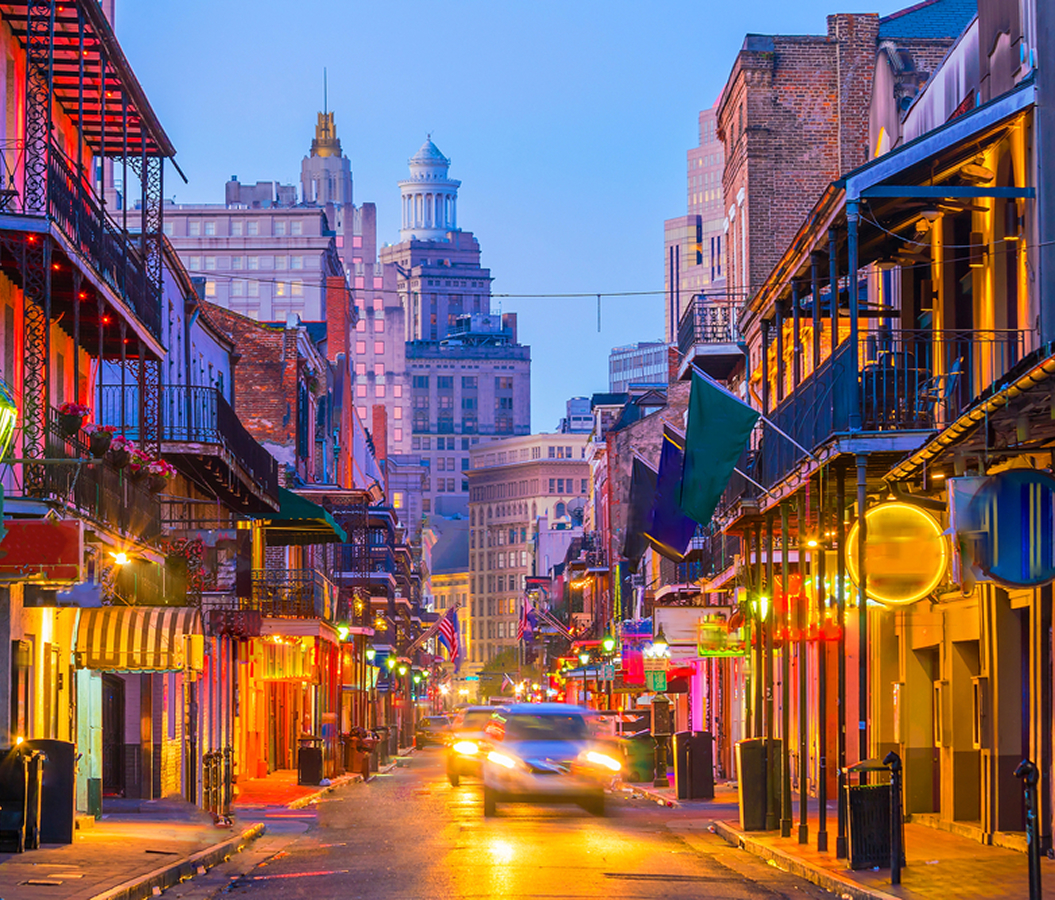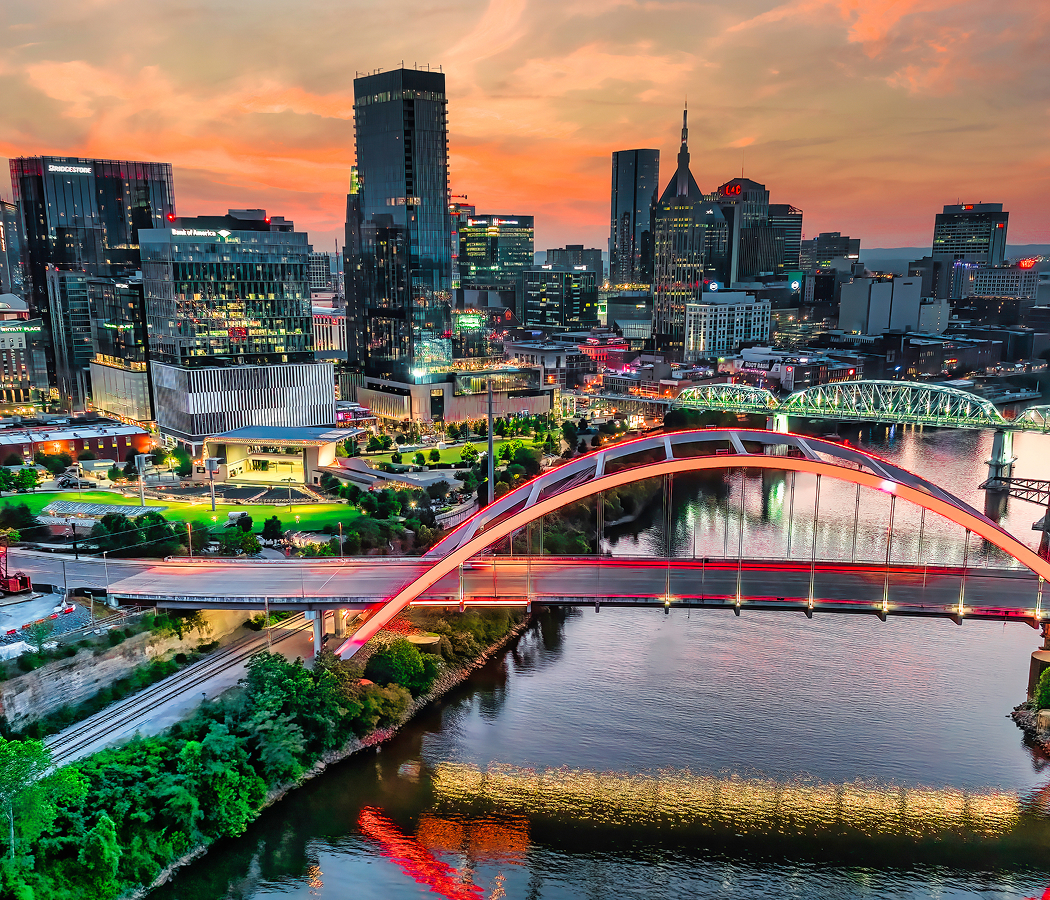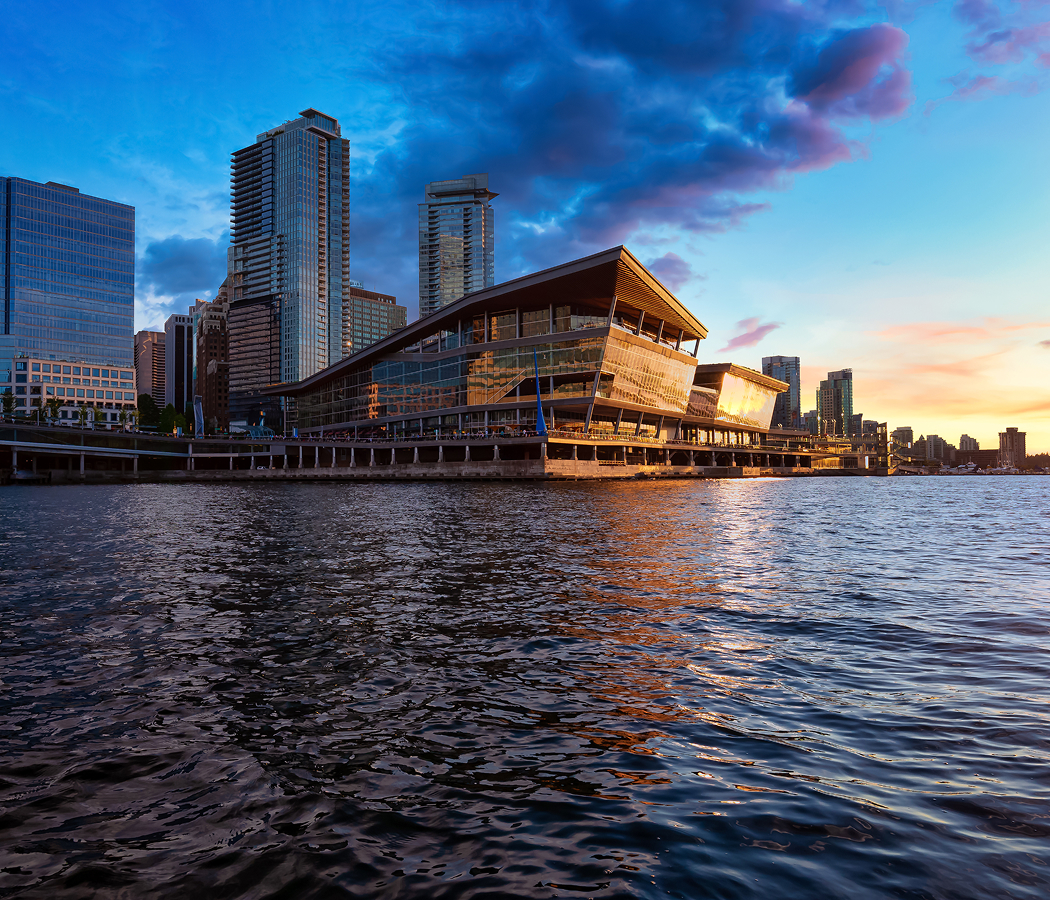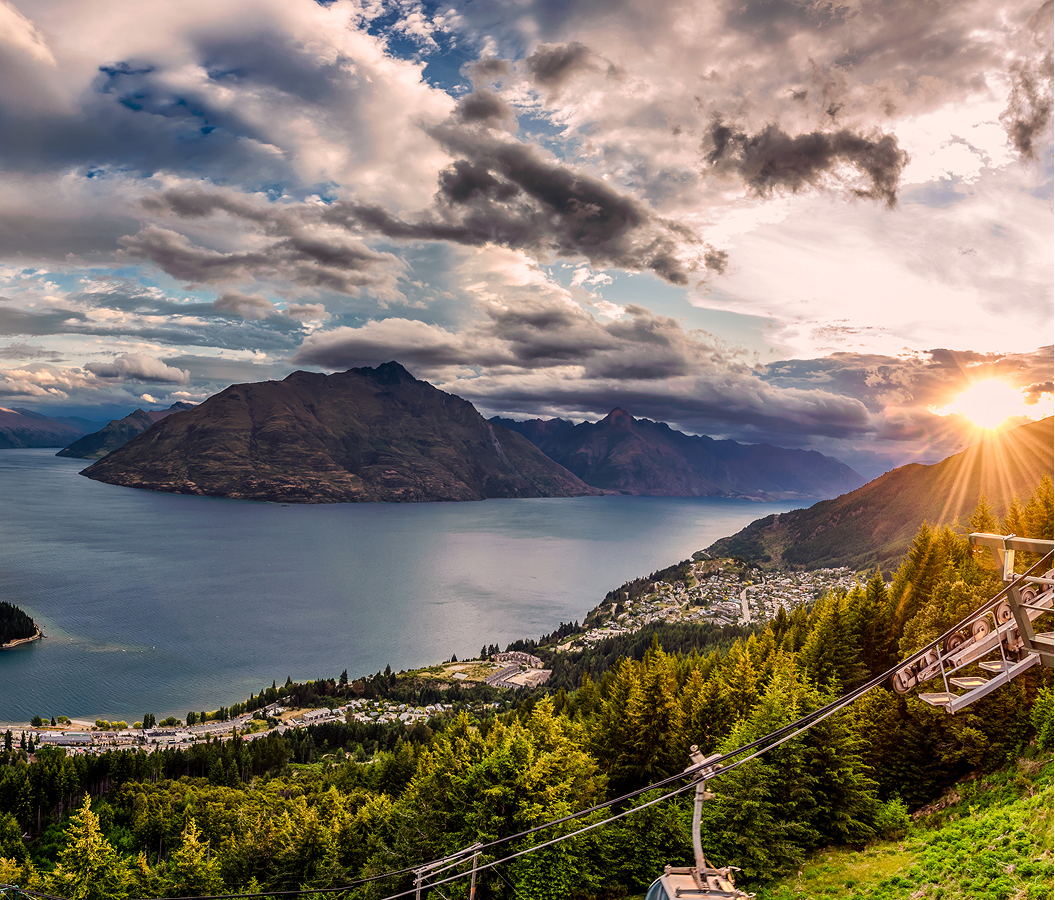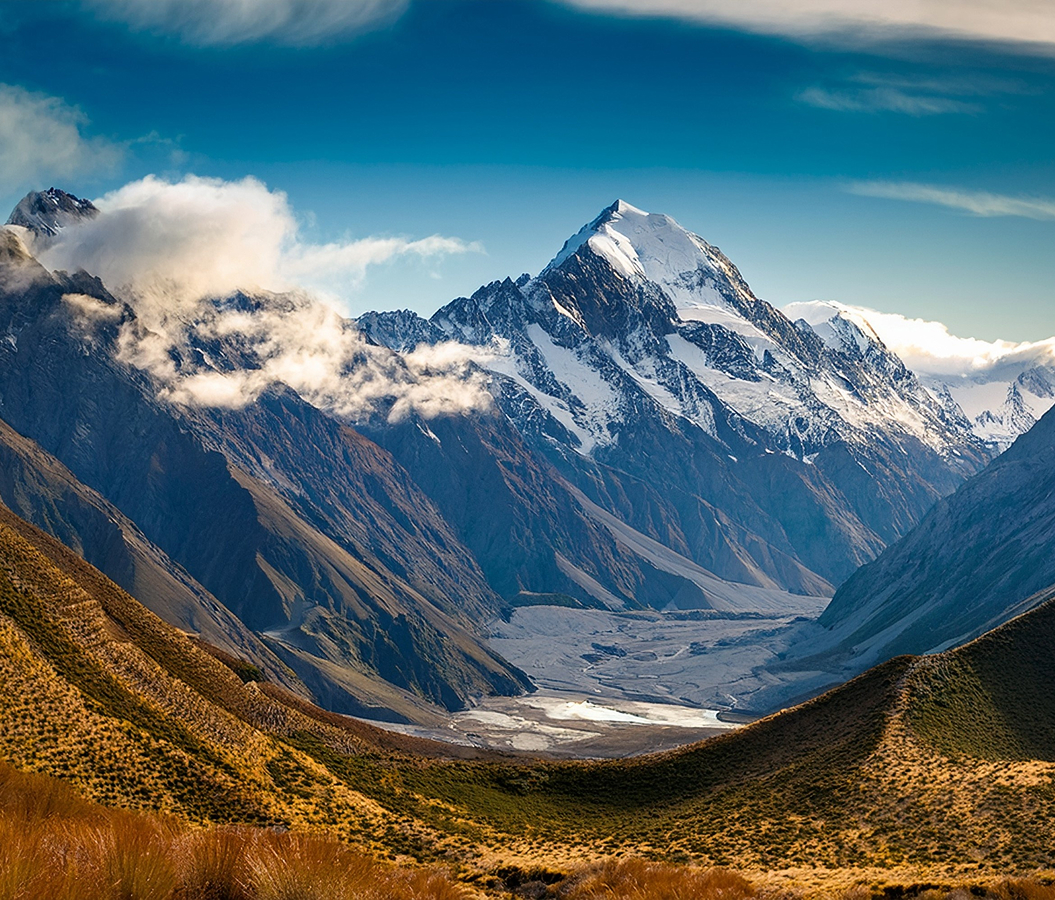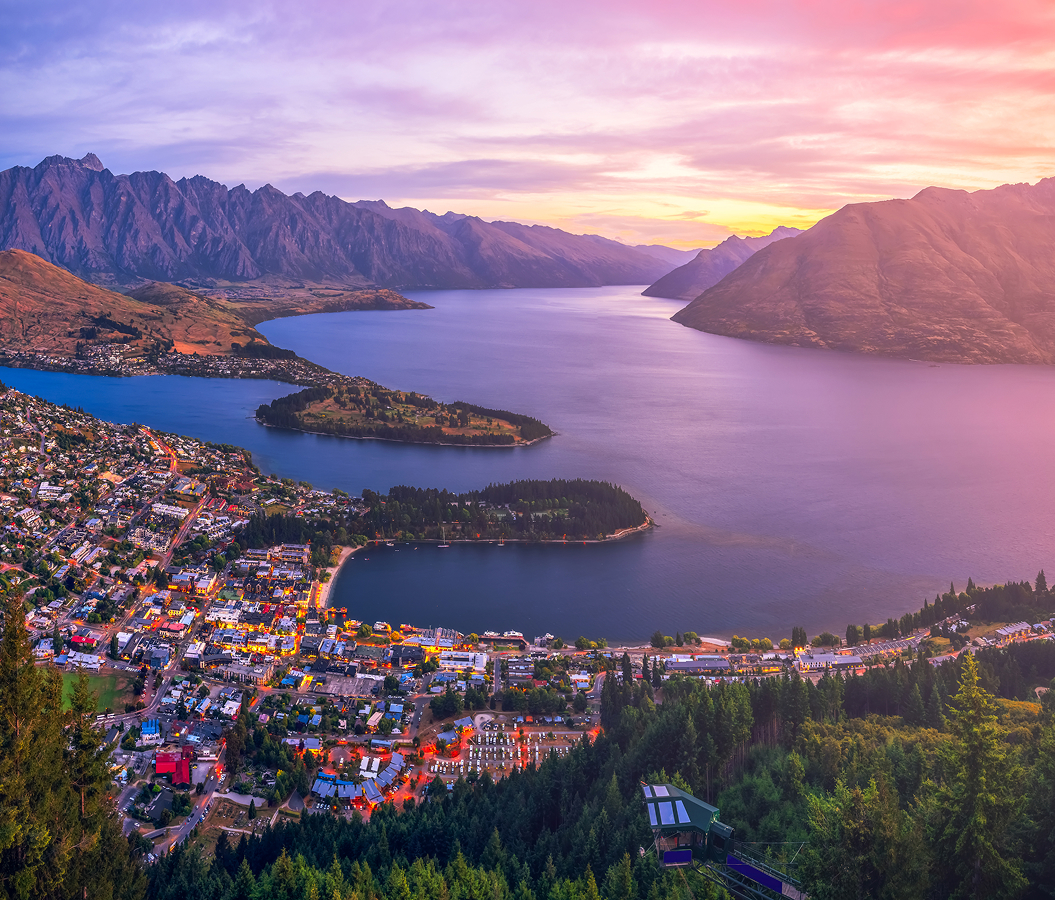
Why you should experience Dodger Stadium in Los Angeles.
Dodger Stadium isn’t just a ballpark, it’s the crown jewel of Los Angeles, glittering under the California sun.
Perched atop the terraced hills of Chavez Ravine, this open-air amphitheater feels more like a cinematic backdrop than a sports venue, palm trees swaying beyond the outfield, downtown skyscrapers glinting in the distance, and the San Gabriel Mountains glowing rose-gold at dusk. Since its opening in 1962, Dodger Stadium has been the heartbeat of baseball on the West Coast, a temple where legends like Koufax, Valenzuela, and Kershaw etched their names into the mythology of the game. With its pastel seats and mid-century design, it captures a nostalgia that feels timeless, yet the energy inside remains electric, a blend of family outing, city pride, and summertime rhythm. When the crowd rises for the national anthem, or the lights flood the field for a night game, you can feel it, that mix of cinematic grandeur and communal joy that only Los Angeles can deliver. Dodger Stadium isn’t just where baseball is played; it’s where memories are born, one crack of the bat at a time.
What you didn’t know about Dodger Stadium.
Behind its palm-framed beauty and cinematic skyline views lies a story of ambition, resilience, and transformation.
Dodger Stadium is the oldest Major League ballpark west of the Mississippi, yet it remains one of the most advanced, thanks to decades of innovation and preservation. The stadium was carved into the hills of Chavez Ravine, an engineering feat that moved over eight million cubic yards of earth to create its iconic terraced design. Its most recent renovation introduced modern amenities while keeping the soul of 1960s Los Angeles intact: expanded plazas, immersive LED lighting, and a home-run terrace that lets fans mingle just beyond the outfield. Few realize that beneath the nostalgia lies a complex cultural history, one intertwined with the story of the displaced communities that once lived in Chavez Ravine. Today, the Dodgers honor that history with community partnerships, cultural exhibits, and a continued commitment to the neighborhoods that surround them. Dodger Stadium is both a monument to America’s pastime and a mirror of the city it represents, layered, diverse, and forever reinventing itself beneath an endless blue sky.
How to fold Dodger Stadium into your trip.
To truly experience Dodger Stadium, let yourself soak in its rhythm from the first pitch to the final cheer.
Arrive early to wander through the palm-lined concourses and grab a classic Dodger Dog before finding your seat as the sun begins its descent over left field. If you can, choose a night game, when the air cools, the skyline lights shimmer, and the crowd hums with that unmistakable LA vibe. Between innings, step out to the top deck for panoramic views of downtown and the surrounding hills, a view that feels as quintessentially Californian as the game itself. For superfans, book a behind-the-scenes tour to walk the dugouts, press box, and Vin Scully Press Room, where decades of baseball history still echo through the halls. After the final out, stay a moment longer to watch the lights dim over the field, the diamond glowing faintly like an ember before the city reclaims its rhythm. Dodger Stadium isn’t just a destination; it’s Los Angeles distilled, timeless, cinematic, and forever bathed in golden light.
Hear it from the Foresyte community.
You don’t even care about the score half the time you’re just there for sunset bleeding over the skyline and the sound of 50k tourists pretending they know what they’re cheering about (sports!)
Where meaningful travel begins.
Start your journey with Foresyte, where the planning is part of the magic.
Discover the experiences that matter most.

